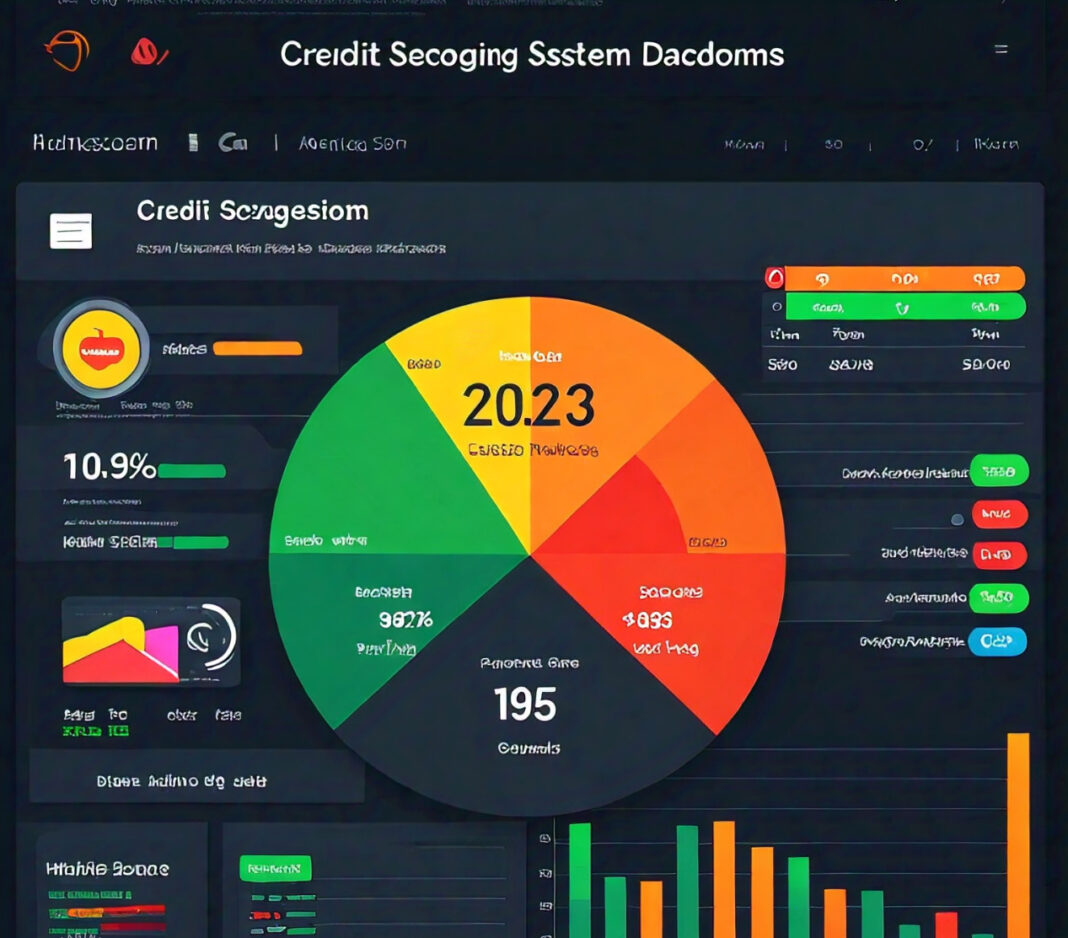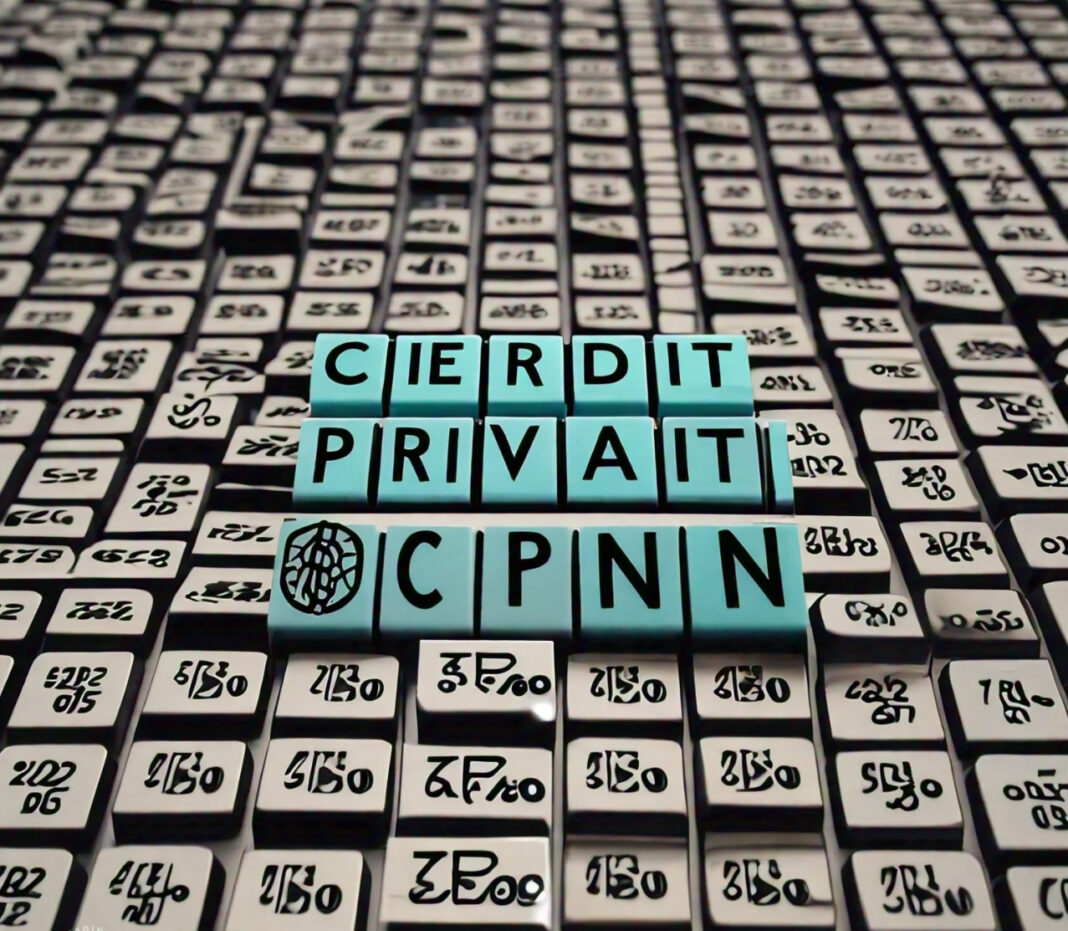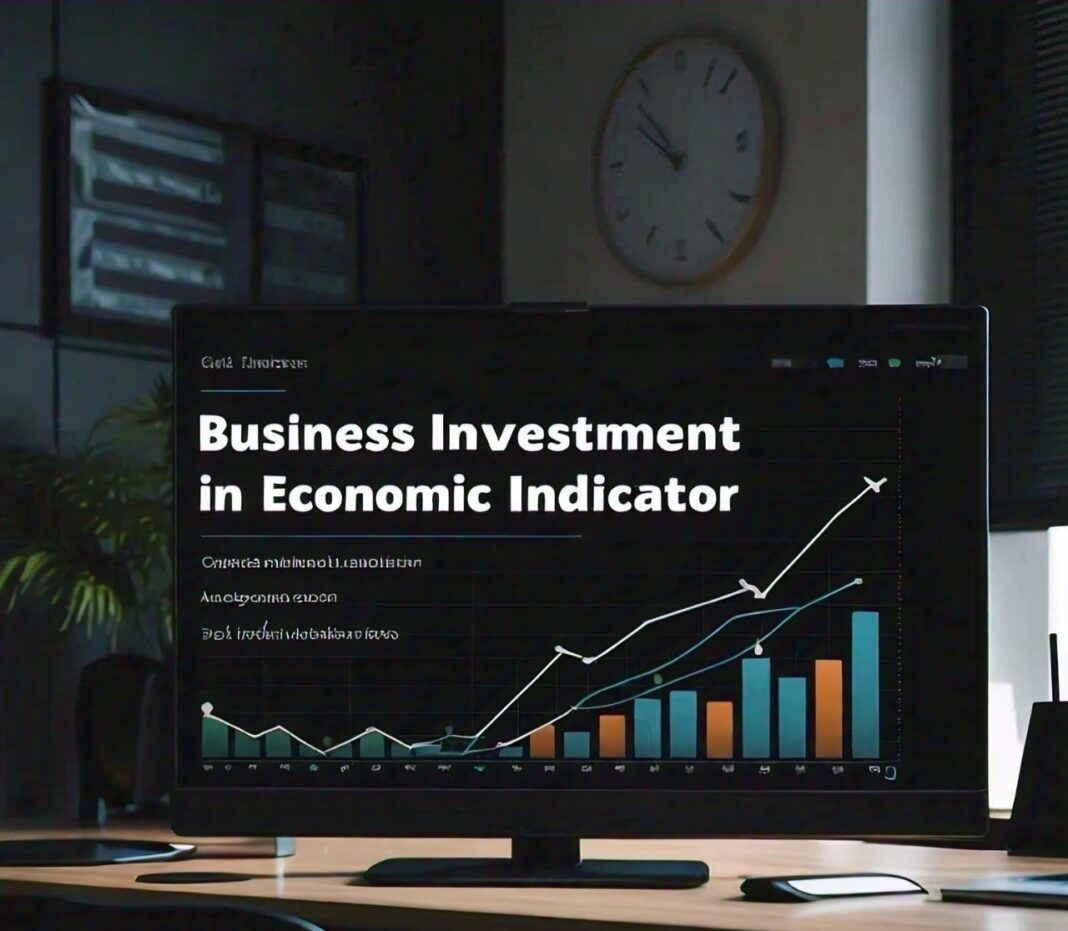Credit scoring has been a cornerstone in the financial industry for decades, used to help banks and other mortgage and loan providers determine the creditworthiness of individuals and companies. Times are rapidly changing, however, due to new technologies, shifting consumer behaviors, and an ever-evolving regulatory environment-all demanding a transformation in how creditworthiness is determined and used.

AOSS 311 Introduction After watching this presentation, you should be able to: 1) define credit risk, 2) describe the methods and sources used by credit reporting agencies to collect information, 3) explain how credit scores are calculated, and 4) discuss the importance of credit history.
We shall look into what the future may hold for credit scoring by observing the emerging trends and making some sort of prediction as to how this critical component of finance might change over the coming years. From new integrations of alternative data to the use of artificial intelligence and machine learning, we shall delve deeper into new innovations rewriting credit scoring. We will weigh the implications this might have for consumers and lenders, as well as for the wider financial ecosystem.
Whether financial professional, enthusiastic technologist, or anyone somewhat interested in a vision of how one’s creditworthiness could ever be assessed, take a deep dive into this comprehensive guide for an evolving world of credit scoring.
Evolution of Credit Scoring
Traditional Credit Scoring Models
Understanding the direction credit scoring takes requires knowing where it has been.
- FICO Score: The FICO score, introduced in 1989, was the standard for many years.
- VantageScore: This is an alternative to FICO that was launched in 2006. It is also developed by the three major credit bureaus.
- Key factors: The traditional models comprise factors related to payment history, credit utilization, length of credit history, types of credit, and recent credit inquiries.
Limitations of Traditional Models
Despite their efficacy, traditional models suffer from several serious limitations:
- Limited data: They are mostly dependent on credit report data, which alone may not give a holistic view of an individual’s finances.
- Slow to update: Such models tend to take some time to include recent improvements in the person’s financial position.
- Exclusion: They tend to be discriminatory against those who do not have much credit history, like young adults and recent immigrants.
The Rise of Alternative Data in Credit Scoring
Types of Alternative Data
With more advanced technological capabilities, alternative data sources being contemplated by lenders include bank account transactions to show the stability of income and spending habits, rent and utility payments showing timely payments, mobile phone data through usage and bill-paying records to demonstrate responsibility, and even social media activity, wherein, for some, online behaviours give insight into character.
- Academic background: Level of education and branch of study, if relevant to earning potential.
Advantages of Alternative Data
Using alternative data in credit scoring models has several benefits, including the following:
- Inclusiveness: It allows evaluation of the creditworthiness of an individual with a thin traditional credit history.
- Holistic view: It provides a bigger and more comprehensive look at the financial behavior of an individual.
- Real-time updates: Updates in alternative data catch recent changes in financial situations sooner.
Challenges and Concerns
Though promising, alternative data usage is not without its challenges:
- Privacy concern: Collection and use of personal information raise very significant questions regarding privacy.
- Data accuracy: Ensuring the reliability and accuracy of alternative data sources can be difficult to do.
- Regulatory hurdles: The use of certain types of alternative data may face regulatory hurdles.
Artificial Intelligence and Machine Learning in Credit Scoring
How AI is Changing the Game
Artificial Intelligence and Machine Learning represent the future of credit scoring in the following ways:
- Pattern Recognition: AI can find complex patterns in data that may be hard or even impossible to find by human analysts.
- Predictive Modeling: The ML algorithms provide better predictive information about future credit behavior.
- Real-time Decision Making: These AI-based modules can make decisions on credit in real time.
Advantages of AI in Credit Scoring
The presence of AI brings several advantages:
- Higher accuracy: AI models hold promise for more accurate credit risk assessments.
- Speed: AI can process volumes of information within a very short period and thereby expedite the process of making credit decisions.
- Flexibility: ML models learn continuously and adjust to new data and changed conditions.
Potential Drawbacks and Ethical Considerations
Like any other emerging technology, there are apprehensions based on the following aspects:
- Algorithms biased: AI models may inadvertently reinforce or even exacerbate existing biases.
- Lack of transparency: AI models can be too complex to explain credit decisions.
- Over-reliance on technology: It is possible to end up completely dismissing human judgment for AI predictions.
The Impact of Open Banking on Credit Scoring
What is Open Banking?
Open Banking is a practice whereby consumer banking data is made accessible by third-party financial service providers through secure APIs:
- Data sharing: The consumers can share their banking data with other financial institutions.
- Standardized format: In a standardized, machine-readable format, data is shared.
- Consumer control: Individuals have more control over their financial data.
How Open Banking Influences Credit Scoring
There are significant implications for credit scoring because of Open Banking:
- Richer data: Financial information in great detail will be accessible to lenders if consumers give consent.
- Real-time insights: Current banking data has the potential to offer a real-time snapshot of financial health.
- Tailored products: Financial institutions can provide credit products that are more personalized in nature.
Challenges to Open Banking
Despite its promise, there are several challenges to the full implementation of Open Banking:
- Security worries: There is widespread concern about cybersecurity with the sharing of sensitive financial information.
- Consumer trust: Many consumers are concerned about offering access to their banking data.
- Regulatory compliance: Compliance with data protection laws is proving to be challenging.
Blockchain Technology and Credit Scoring
The Potential of Blockchain in Credit
Blockchain technology stands to cause a revolution in how credit information will be maintained and dispersed based on the following merits:
- Decentralized Ledger: Credit information could be maintained on a distributed, secure network.
- Immutable records: Once recorded, credit information can’t be tampered with, reducing fraudulent activities.
- Smart Contracts: Automated agreements could speed up processes involving credit.
Benefits of Blockchain-Based Credit Scoring
Blockchain offers several potential advantages:
- Enhanced security: Decentralized storage would reduce the chances of data breaches.
- Enhanced transparency: All stakeholders are looking at and relying on the same information.
- Cross-border consistency: This might set the stage for credit scoring consistency across countries.
FOR
Challenges to Blockchain Adoption
Despite its advantages, there are some significant obstacles to entry into blockchain:
- Scalability: Current blockchain technologies may be inefficient in carrying the volume of credit data.
- Regulatory acceptance: Wide-scale adoption would require approval from regulatory bodies.
- For this to work, active cooperation between different players in the financial industry would be required.
The Role of Big Data in Future Credit Scoring
What is Big Data?
Big Data represents huge amounts of data that can be analyzed for patterns and trends. This includes the following:
- Volume: Huge volume of data coming from a large number of sources.
- Velocity: Data that is being generated as well as processed rapidly.
- Variety: Many different types of structured and unstructured data.
How Big Data is Changing Credit Scoring
Big Data is transforming the credit scoring landscape in the following ways:
- It helps lenders create more elaborate profiles of applicants for credit.
- Big Data enhances predictive analytics to create more accurate predictions of credit behavior.
- Micro-segmentation is made possible, which enables categorising borrowers into very specific niches.
Challenges in the Use of Big Data
There are challenges associated with the use of Big Data:
- Data quality: Assuring correctness and relevance of vast amounts of data is hard.
- Privacy concerns: The collection and use of enormous amounts of personal information raise a host of privacy issues.
- Interpretability: Big Data insights are often hard to understand.
Personalized Credit Scoring
The Trend Towards Individualization
Long before this time, credit scoring is destined for an individualistic dimension in that:
- Individual-specific models: Credit scores fitting the peculiar situation of each person in respect to his finances.
- Dynamic scoring: Scores varying with current financial conduct.
- Contextual assessment: Inclusion of life events and circumstances in credit scores.
Benefits of Customized Scoring
Following are some of the possible advantages of the model:
- Prudent decisioning: It considers individual conduct and condition.
- More accurate risk assessment: It may, therefore, become better at providing appropriate credit risk.
- Deepening financial inclusion: It can hence help provide access to credit for sections that conventional credit channels have hitherto bypassed.
Issues in Implementation
Meanwhile, personalized credit scoring is not without their problems: data requirements are highly individualistic volume, the customized models will be complex in development and maintenance, regulatory compliance will be tough as it may prove difficult to ensure that the custom models will fall inside the reasonable bounds of fair lending laws.
Global Events and Credit Scoring
How Global Events Shape Credit Scoring
Global events can have a powerful impact on credit-scoring practices:
- Financial crises: The financial crisis in 2008 was one such event that compelled a more prudent assessment of credit.
- Technological changes: The digital revolution made available hitherto unknown sources of data and new ways of drawing scores.
- Pandemics: As seen from the COVID-19 pandemic, credit assessments need more elasticity.
Credit Scoring in the Face of Global Changes
The future credit scoring system will have to be responsive to emerging changes:
- Resilience: The ability of the scoring system to take into account sudden discontinuities in economic fortunes at a mass level.
- Flexibility: can accommodate new types of relevant data that become relevant.
- Global perspective: consider global trends and events in credit risk assessment.
Regulatory Landscape and Future Credit Scoring
Present Regulatory Environment
Credit scoring is impacted by several regulations:
- Fair Credit Reporting Act (FCRA): This regulates the collection and use of credit information.
- Equal Credit Opportunity Act (ECOA): A regulation that forbids discrimination in lending.
- GDPR: The impact of the General Data Protection Regulation on credit scoring.
Other Regulations Possible in this Area
Given the ever-changing dimensions in the field of credit scoring, some other regulations, probable in this regard, are mentioned below:
- Alternative Data Usage: Regulations related to the use of non-traditional data in credit scoring.
- AI Transparency: Regulations that require explainable AI for credit decisions.
- Data Privacy: Stringent laws regarding the collection and usage of personal data for the purpose of credit scoring.
Balancing Innovation with Consumer Protection
The challenge for regulators will be:
- Fostering innovation: Allow for new, possibly more accurate scoring methodologies.
- Consumer protection: Ensuring credit is granted and scores are assigned fairly, transparently, and non-discriminately.
- Data security: Safeguarding sensitive financial information in systems that are becoming increasingly complex.
The Consumer Perspective on Future Credit Scoring
Potential Advantages to Consumers
Future credit scoring could have several advantages for consumers:
- More accurate assessments: Scores that better reflect an individual’s financial situation.
- Increasing access to credit: Maybe to people who, until now, had been denied credit.
- Faster decisions: With the help of technology, credit is granted quickly.
Concerns and Challenges
Consumers also have some issues that they should be aware of:
- Privacy concerns: General use of personal information.
- Complexity: Lack of transparency about how credit scores are calculated.
- Digital divide: Being placed at a disadvantage due to a lack of technological acumen.
Consumer Education and Empowerment
As the method of credit scoring continues to evolve, so does the need for more programs that provide:
- Financial Literacy to help consumers understand new methods of credit scoring.
- Transparency tools to explain credit score determinations to consumers.
- Mechanisms to control the data that will provide consumers with greater control of their financial data.
Conclusion
Credit scoring is at the threshold of change. As discussed, the latest trends in the use of alternative data, artificial intelligence, open banking, and blockchain within creditworthiness assessment will definitely revolutionize the future. These developments promise more accurate, inclusive, and personal credit scoring that could unlock new opportunities for consumers and lenders alike.
However, these developments also raise important concerns around privacy, data security, algorithmic bias, and regulatory compliance, to name a few, that need to be considered in the face of changing credit scoring. Future credit scoring systems should be fair, transparent, and supportive of the stake of all parties involved-a fact that demands collaboration on the part of the financial industry, technology companies, and regulators themselves.
Consumers might also have more chances to prove their creditworthiness in the future, receive quicker credit decisions, and possibly even more tailored financial products. All of this will demand heightened levels of financial literacy from consumers, though, and vigilance about their personal data.
We can only see Credit-scoring in the future continuing to be a vital part of the financial ecosystem. Its development in the future will most probably follow broader trends in technology and society: first, an increasing reliance on data and automation; second, wrestling with the ethical implication of such advances.
Where the future of credit scoring is concerned, it’s not just about giving better risk assessment to the lenders, but it’s also about creating a much fairer, more inclusive financial system that precisely reflects the diverse financial realities of individuals in a world that keeps getting increasingly complicated. Being informed and involved with these changes is very important for all those concerned as this future continues to unfold in the world of credit and finance.






